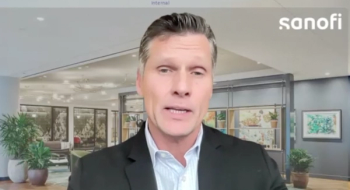
Employers help employees get onboard with healthcare tools
Review of the Watson Wyatt survey
Washington, D.C.-As more U.S. companies embrace healthcare consumerism to help curb rising costs, they are placing far more emphasis on employee education and the technologies that facilitate better employee decision making, according to Watson Wyatt Worldwide.
With the advent of health savings accounts (HSAs), employees also have a greater need for sophisticated financial analysis of their health plan choices. “Consumers want to know ‘what does it mean to my wallet, my health and my access to care,’” according to Cathy Tripp, national practice leader for health and welfare technology consulting at Watson Wyatt. “They want tools that address these issues and help them model scenarios based on their individual health and consumption patterns.”
Health plans typically offer a suite of tools to help consumers figure out costs in a number of ways, such as generic versus brand name drug options, Tripp says. “Or, some even help you project the cost of care for a condition, surgery or array of tests.”
Employers can offer independent third-party tools that integrate modeling of healthcare coverage with enrollment decisions. “Some of the tools on the market go as far as modeling the impact on your take-home pay for various account-based decisions,” she says. “Some even forecast your HSA balance into the future based on interest assumptions.”
According to Tripp, employers are doing a number of things with different levels of success, including some of the following:
• The return to face-to-face meetings with employees and spouses to explain benefits and the cost of healthcare on the organization. “At some level, people need to hear, see and touch information to truly understand it,” Tripp says.
• Creative approaches, such as putting interactive games on their Intranets that focus on healthcare and healthy decision making.
• Retooling Intranet sites and the moving toward true portal functionality as a better way of communicating about benefits and other aspects of HR.
• Combining messages about compensation and benefits. “As employers shift cost to employees for benefits, they are trying to reinforce the other valuable attributes of working for their organization,” Tripp says. “There is a resurgence in total reward statements that emphasize the total value of working for an organization.”
• Moving away from “stuffy” benefit lingo and publications to more visual messages that incorporate lessons learned from successful external advertising and marketing.
• Using “profiles” as a means of communicating to different audiences so employees can associate with someone who is like them.
Newsletter
Get the latest industry news, event updates, and more from Managed healthcare Executive.




















































